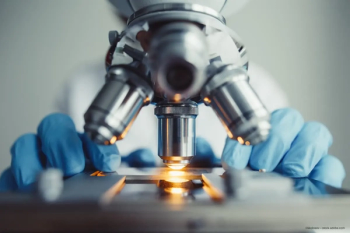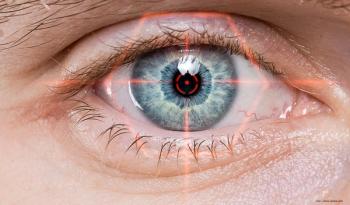
Transporters delay diabetic retinal damage
Two transporters that deliver alternative energy sources to the eye may help delay the retinal damage that occurs in diabetes.
Two transporters that deliver alternative energy sources to the eye may help delay the retinal damage that occurs in diabetes, according to researchers from the Medical College of Georgia, USA.
Pamela Martin and colleagues identified the two transporters, SMCT1 and SMCT2, which can circumvent the eye's protective blood-retinal barrier, delivering energy sources, lactate and ketone bodies, to a healthy eye. Dr Martin believes that the transporters "work harder" in diabetes to increase levels of lactate and ketone bodies, effectively slowing down the damage, which may explain why diabetes' impact on the eye can go undiagnosed for years.
Dr Martin has been awarded a Pathway to Independence Award from the US National Eye Institute that will help her to investigate the transporters' activity in health and diseased states. This work may help to enable early diagnosis of diabetic retinopathy and natural delivery mechanisms for drugs to prevent it.
Newsletter
Get the essential updates shaping the future of pharma manufacturing and compliance—subscribe today to Pharmaceutical Technology and never miss a breakthrough.













































